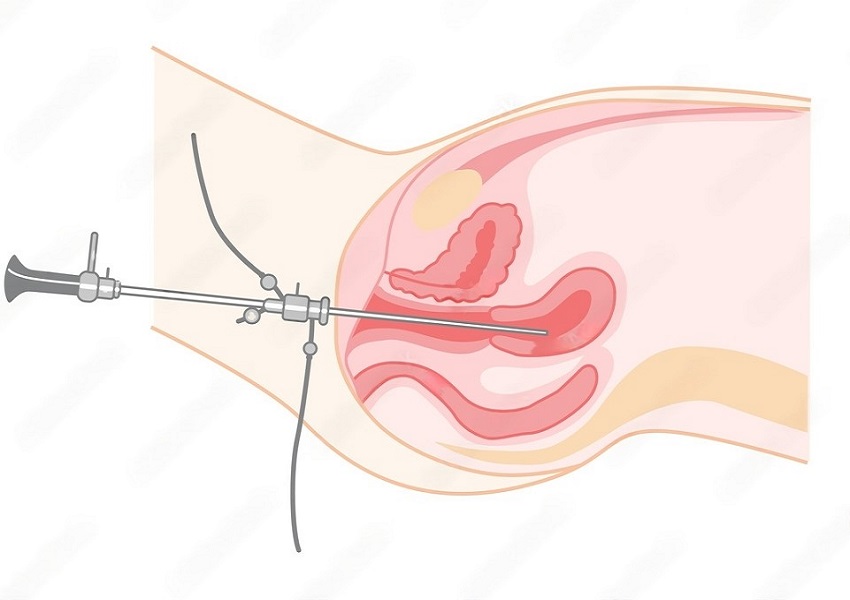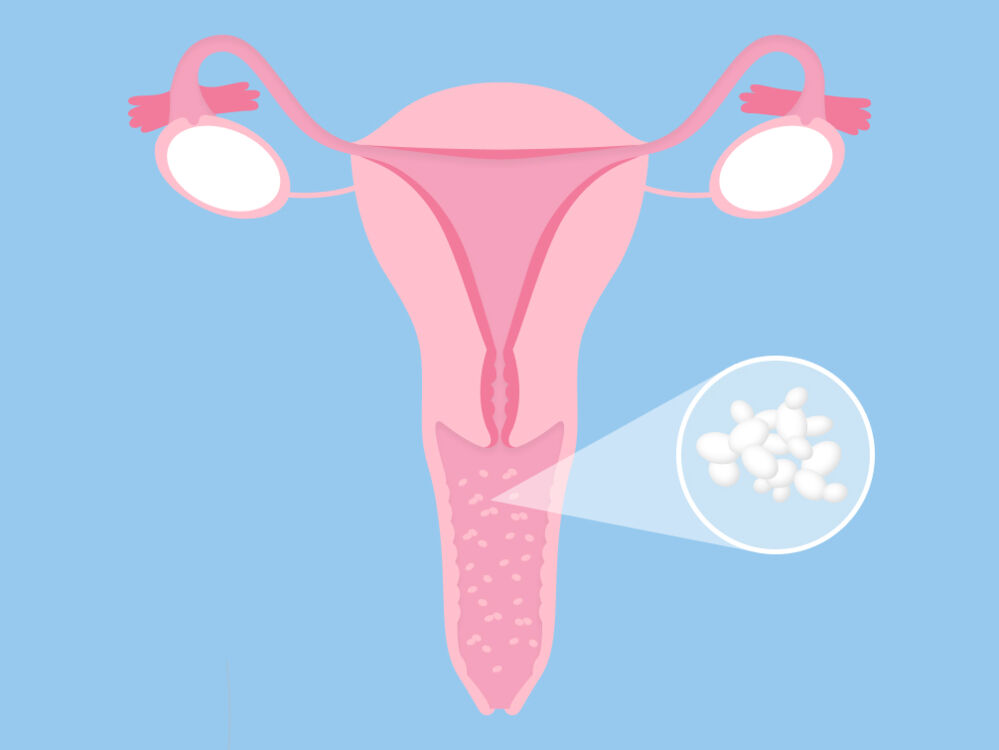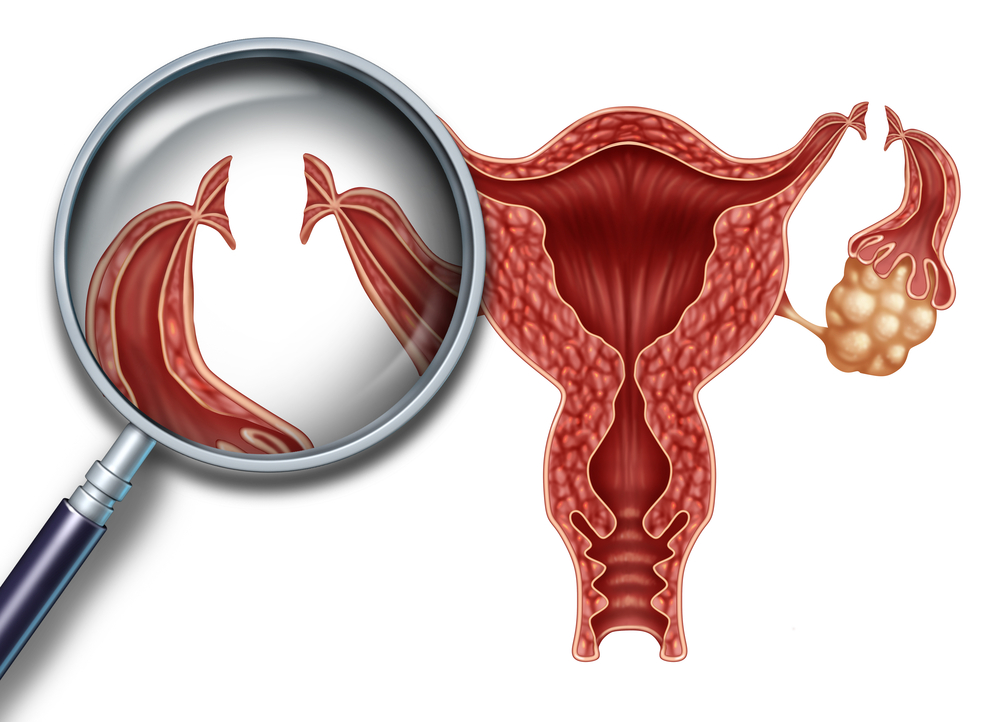Pre-IVF hysteroscopy is a diagnostic and, if necessary, corrective procedure that involves examining the inside of the uterus. Here is an overview of how pre-IVF hysteroscopy is typically performed:
1-Preparation:
- Brief preoperative evaluation, including a physical examination and possibly a pregnancy test.
2-Anesthesia:
- Local anesthesia or mild sedation for patient comfort during the procedure.
3-Cervical Dilatation:
- If necessary, a slight dilation of the cervix to facilitate hysteroscope insertion.
4-Hysteroscope Insertion:
- Gently inserting a hysteroscope, a thin tube with a camera, through the cervix into the uterus.
5-Visualization and Evaluation:
- Filling the uterine cavity with sterile fluid for clear visualization. Identifying abnormalities like polyps, fibroids, adhesions, or a septum.
6-Diagnostic and Corrective Procedures:
- Addressing identified issues, such as removing polyps or fibroids, dividing adhesions, or resecting a septum.
7-Documentation:
- Recording the procedure and capturing images for documentation purposes.
8-Post-Procedure Recovery:
- Removal of the hysteroscope, brief monitoring in a recovery area. Most can resume normal activities within a day, with some experiencing mild cramping or spotting.
9-Follow-Up:
- Discussion of findings with the healthcare provider, who may recommend further treatment or proceed with planned IVF based on results.
Pre-IVF hysteroscopy is a crucial step in fertility evaluation, allowing identification and correction of uterine abnormalities that may impact IVF success. Patients are encouraged to discuss any concerns with their fertility specialist before undergoing the procedure.
For more IVF realted information, consult Dr. Arohi Tasgaonkar one of the Best Gynaecologist in Thane or you can contact us on 9833074977.




